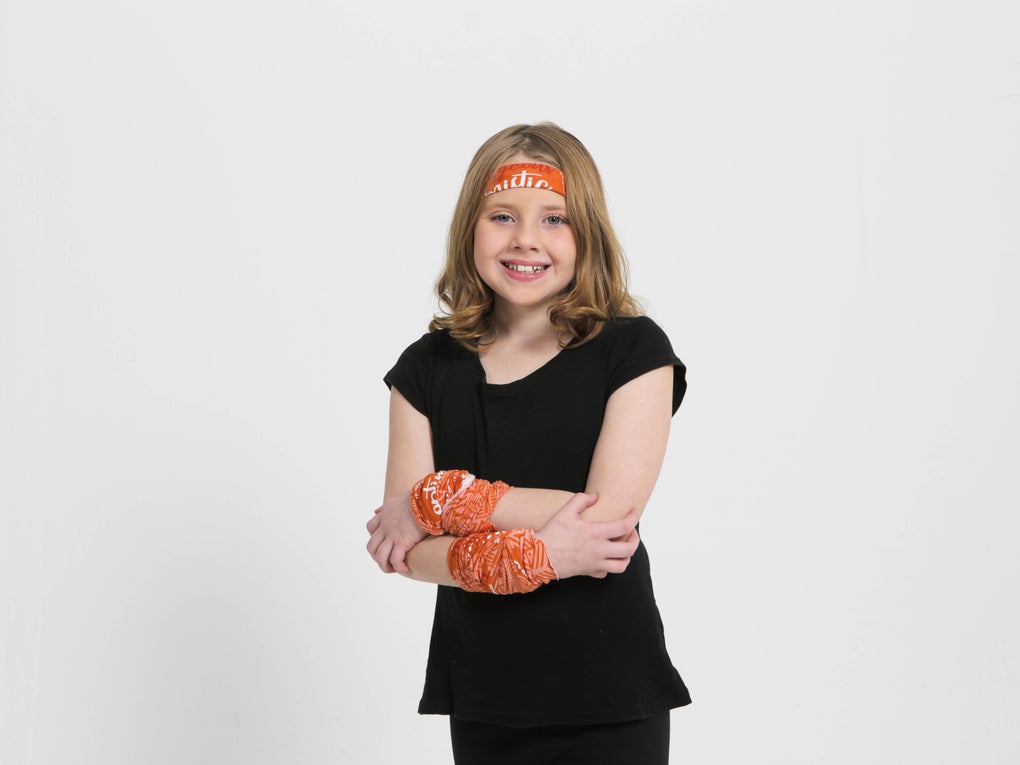
Rachel gets her second chance at life
As told by Rachel's dad, Jonathan. Dr Marc Hendricks handed me a piece of paper. It was a jumble of letters and numbers that resembled gobbledegook computer code, but that piece of paper represented hope. It was a sign that we – my wife Jean and I – were “there”. Or, more accurately, that our daughter Rachel, who had just turned 7, was “there”.
For a year Dr Hendricks had been telling us that “we’re not there yet!”
“There” was the next step of the bumpy road we had been travelling since discovering that Rachel had an extremely rare bone marrow failure disease called Pure Red Cell Aplasia.
“There”, after countless tests, four bone marrow biopsies and more than 50 blood transfusions, was a bone marrow transplant. But first we had to find a donor – and the lines of gobbledegook were her possible matches.
It was December 2015 when Dr Hendricks, a paediatric haematologist at the Red Cross Children Hospital, showed us the list, and described it as one of the most promising lists he had seen.
Promising was good. Some of his patients had no potential matches at all.
We were counting on the transplant to be the miracle cure for Rachel’s mysterious condition.
Rachel’s bone marrow had gone on strike and wasn’t making red blood cells, the blood that carries oxygen around the body. When her levels dipped her body started to shut down: she became tired, stopped eating and her heart pounded like machinegun fire in her chest. If she didn’t have a blood transfusion – “a can of the best,” as Dr Hendricks called it – she risked going into heart failure.
After a transfusion she was full of beans again. It was like a switch had been flipped; she suddenly became alive, jumping on the trampoline, riding her bike and flying up and down the monkey bars.
But the intervals between transfusions grew shorter and she soon became transfusion dependent. That’s when Dr Hendricks told us she needed a bone marrow/stem cell transplant. A donor search was activated, and came up with the promising list of potential donors registered globally.
The odds of finding a donor are 1 in 100,000 and there are only 70,000 people on South Africa’s registry. To become a donor, you just have to give some blood or these days a cheek swab and fill in a form. It’s easy and painless to potentially be someone’s lifesaver!
The candidates on Rachel’s list were good on paper but were ruled out after more advanced tests.
We were becoming increasingly anxious. We didn’t know it but the Registry was beginning to give up hope of finding a match. And then in December 2016, a woman in Poland decided to join the registry. This anonymous woman 14,000km away turned out to be Rachel’s genetic twin. Her magical stem cells would reboot Rachel’s bone marrow.
In March 2017 Rachel was admitted to Groote Schuur Hospital. I was panicking, but on the morning of the procedure Rachel gave me a grin and a big fat wink as if to say, “Don’t worry, Dad. I’ve got this!”
2018 we celebrated the first anniversary of Rachel’s “rebirthday”. We toasted her donor and all the other donors who save lives and give the gift of hope.


